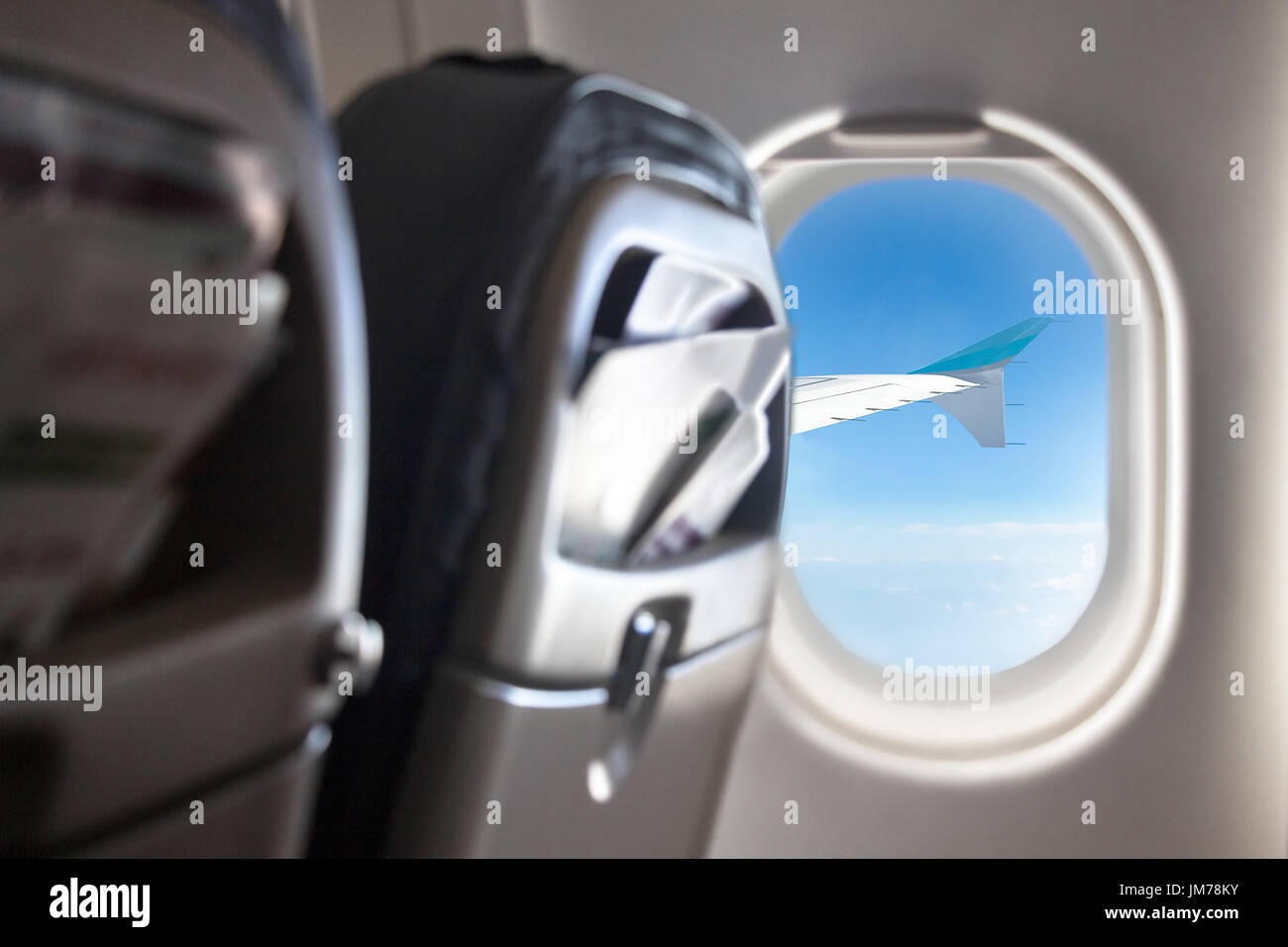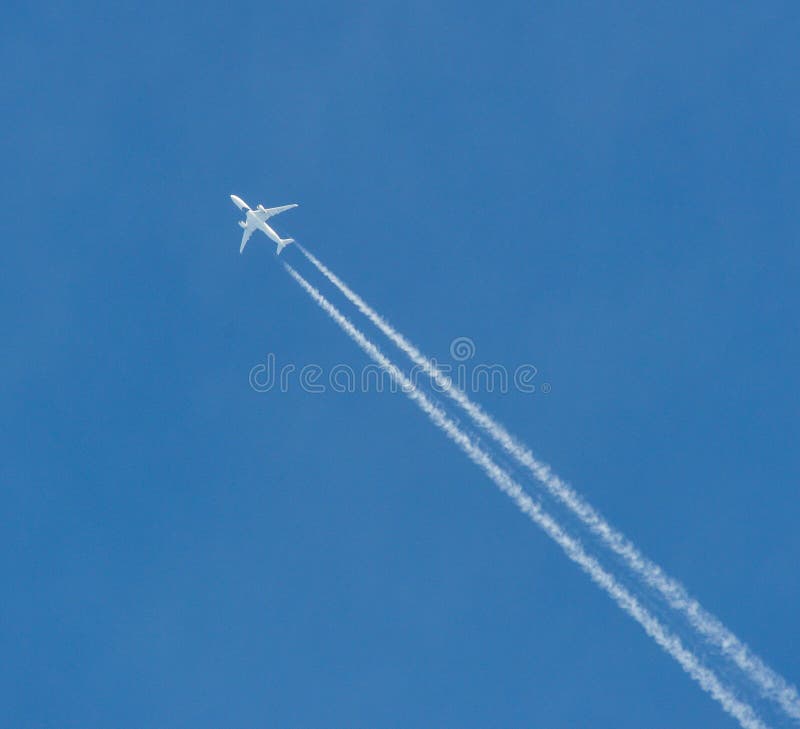Table Of Content

Military fighter jets are designed for high-performance missions and can achieve speeds exceeding Mach 2, which is twice the speed of sound or around 1,500 mph. High speeds correspond to small values of coefficient of lift and vice versa. "[Air Traffic Control] is often very helpful for avoiding turbulence," said Pereira. "For example, if there is a plane 20 miles ahead of us that reported moderate turbulence, ATC will suggest an altitude to avoid it." That means that an aircraft passing under another aircraft will be separated vertically.
How High Do Helicopters Fly?
And if you're thinking things would be bumpy in that area, you're right. While you obviously want to consider your headwind or tailwind along your route, you also want to make sure you're keeping yourself clear of any significant shear layers aloft. As long as you pick an altitude above the MEF, and your chart is current, you can rest easy in knowing that you're not going to hit something sticking out of the ground. The MEF is the bold blue altitude, in hundreds of feet MSL, listed in the middle of each quadrant of your sectional. That altitude guarantees you at least 100 feet (up to 300 feet, in some cases) of clearance from all terrain and obstacles in the quadrant.
The Effect of Wind Speed on an Airplane
The primary reason airplanes don’t fly over the Pacific Ocean is because curved routes are shorter than straight routes. Flat maps are somewhat confusing because the Earth itself isn’t flat. As a result, straight routes don’t offer the shortest distance between two locations. The speed of a commercial aircraft varies depending on factors like aircraft type and route. On average, they typically cruise at speeds ranging from 450 to 550 knots (about 518 to 632 mph). But when planes are at cruising altitude, experts say birds are no longer a threat.
Different Planes, Different Altitudes
It is powered by Pratt & Whitney engines that allow the jet to fly as high as 65,000 feet. Birds are most likely to obstruct planes at lower altitudes, and can present problems during takeoff and landing. Airways aircraft that landed on the Hudson, but that’s not typical, Jorgenson says. On the other hand, flying too high could have negative safety issues.
Cruise altitude is usually where the higher ground speed is balanced against the decrease in engine thrust and efficiency at higher altitudes. Because the planes are headed the same way along a track, controllers make use of every available flight level and not the "east is odd, west is even odder" rule above. While jet engines operate well at high altitudes, the same is not true of piston engines, which are typically used for light aircraft of the type flown by most private pilots. Piston engines do not operate well in thin air, and this is one of the reasons why most small planes fly at altitudes of below 15,000 feet. There are certain rules for exactly where airliners can fly, and the direction of travel can affect what altitude they will climb to.
A Guide To Separation: How Aircraft Stay Away From Each Other In The Air - Simple Flying
A Guide To Separation: How Aircraft Stay Away From Each Other In The Air.
Posted: Sat, 17 Feb 2024 08:00:00 GMT [source]
cruising altitude
A Boeing 747 has a cross height of 35,105 ft, while the Embraer climbs 190 to 39,370 ft. Ground speed refers to the velocity of an aircraft relative to the ground below. The ground speed is what you perceive—the sensation of movement as the landscape rushes by. However, ground speed can vary due to wind conditions, making it less reliable for precise flight calculations. Every passenger has followed along their flight's progress on the seat back entertainment — maybe wishing the plane were going just a bit faster. Nowadays, a flight's speed, course and altitude are displayed on the screen.
How long does it take a 737 to get to cruising altitude?
It should be noted that every airplane has a certified maximum altitude. During test flights this maximum is exceeded slightly to verify the that airplane remains safe should it have cause to ascend from that limit. The highest certified altitude of an airliner was Concorde’s 60,000 feet. Most airline passengers simply accept the fact that passenger jets fly very high. Spending less on fuel is great for airlines, for obvious reasons, but a plane's engines also need oxygen in order to work, according to Traveller, to create combustion, which also creates energy.

You can see altitudes issued to other flights on flight planning services such as Fltplan.com. Those altitudes are accurate in that they were issued by center computer as an initial clearance. But what about that shorter trip—a couple hundred miles or so—especially if you’re flying near large metropolitan areas?
The Role of Speed in Aircraft Design

This is why when you are cruising in an airliner, it is usually bright and sunny, with all the cloud and rain below you. Commercial airplanes typically fly between 32,000 feet and 38,000 feet, with the sweet spot being approximately 35,000 feet, which is popularly referred to as cruising altitude. Commercial aircraft today cruise at altitudes of 30,000 feet and beyond. When flying as a passenger, one can often hear the flight’s cruising altitude in announcements from the cockpit.
But in fact, small aircraft generally fly much lower than that for a variety of other reasons. This is partly because they tend to fly shorter distances, and pilots simply do not want to spend too much time climbing and descending on a short flight; it just isn’t worth it. Also, most small planes are not equipped with oxygen, which would be necessary if they were to fly too high.
That's where your aircraft's Fuel, Time and Distance to climb chart comes into play. For most aircraft, your time-to-climb is pretty linear, but if you're flying a normally aspirated airplane above 10,000 feet MSL, your climb rate can start dropping off significantly. On top of that, you're burning extra fuel in a climb, and flying a slower indicated airspeed too. Well, this expression says that the power to fly is proportional to the weight to the power 1.5. So if I increase the weight by 10%, the power required goes up by 15% (for the same coefficient of lift).
As we were stepped up to FL190 there was a break on the frequency and I asked the controller if he thought FL260 was really going to work for us. There are a number of reasons for all of the above, which we will take a look at now. VFR (Visual Flight Rules) and IFR (Instrument Flight Rules) Cruising Altitudes apply for safe flight operations.
Commercial airlines need to operate as efficiently as possible in order to make money—and not just by charging for in-flight Wi-Fi. This makes fuel economy one of the most important factors in how high planes fly. The short answer, according to Kyrazis, is that turbojet engines burn less fuel as the air density gets lower. Delving into the intricate realm speed of aircraft has unveiled the multifaceted journey from the exhilarating moments of takeoff to the serene cruising altitudes.
With this much traffic, there has to be some official arrangement to make sure collisions do not happen, and there is. If the VFR Pilots are cruising at the 1,000’s PLUS 500 feet, who is flying at each of the 1,000 foot levels? The Boeing 747 is a large, wide-body (two-aisle) airliner with four wing-mounted engines. Its wings have a high sweep angle of 37.5 for a fast, efficient cruise speed of Mach 0.84 to 0.88, depending on the variant. If you live in a sparsely populated area, an airplane is not allowed to fly any lower than 500 feet to any person, vessel, vehicle, or structure including your house.

No comments:
Post a Comment